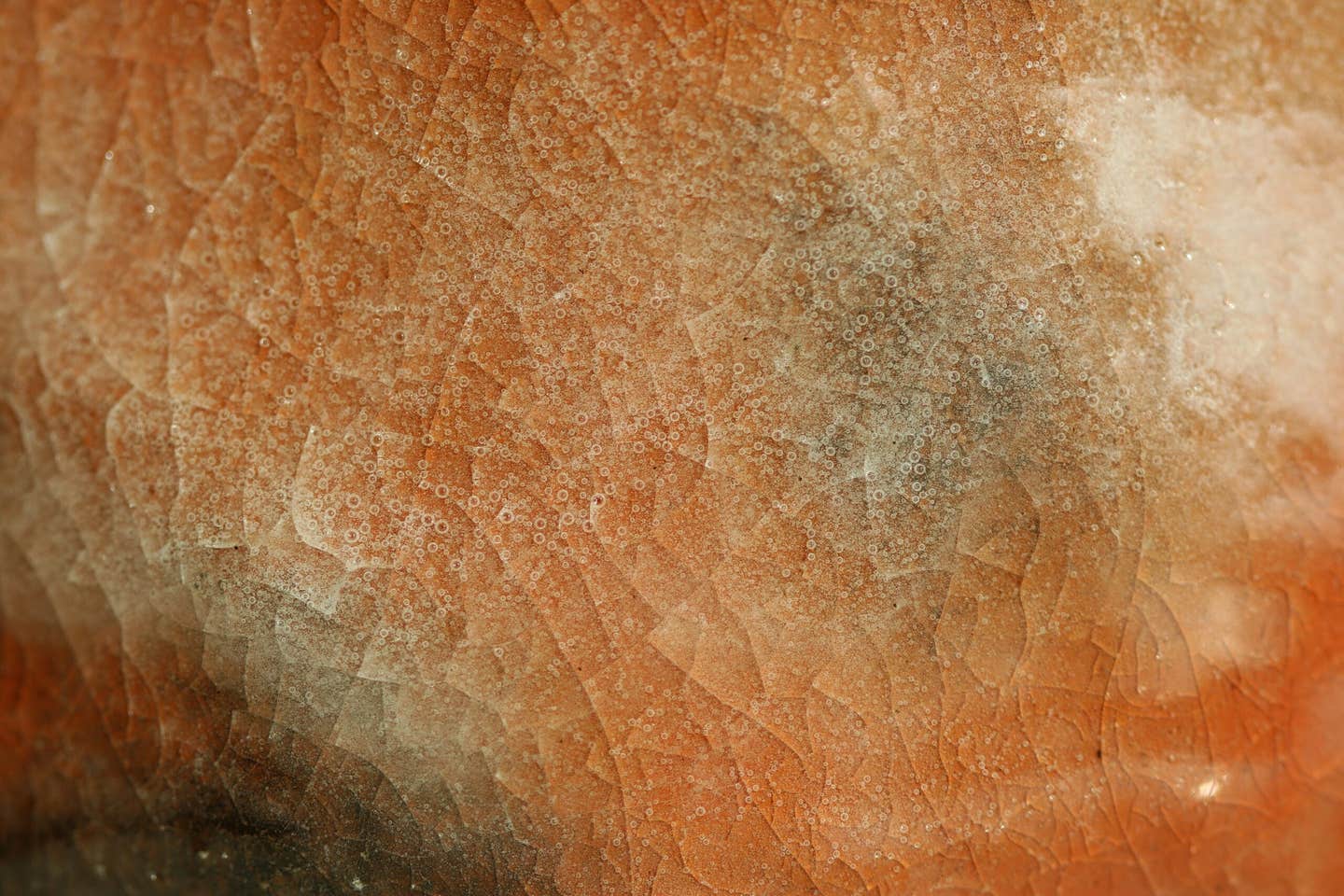Your skin may hold the key to fighting drug-resistant bacteria
A skin fungus produces fatty acids that destroy antibiotic-resistant Staphylococcus aureus, offering new hope for infection treatment.

Skin yeast fights antibiotic-resistant Staphylococcus aureus using fatty acids, revealing new paths for drug discovery and infection control. (CREDIT: Tim Johnson on Unsplash)
Researchers have found an unexpected ally in the fight against superbugs: the fungi living right on your skin. In a discovery that could reshape how we think about antibiotic development, scientists at the University of Oregon have identified a compound made by skin yeast that can kill off a major bacterial threat in hospitals.
The study, published in Current Biology, focuses on how a common skin fungus, Malassezia, produces fatty acids that wipe out Staphylococcus aureus—the bacterium behind many staph infections. These infections lead to around half a million hospitalizations every year in the U.S. alone and are becoming harder to treat as they develop resistance to current antibiotics.
A Surprising Weapon From the Skin Microbiome
Your skin may not seem like a battleground, but it hosts a wide range of microbes, known collectively as the skin microbiome. This includes bacteria, fungi, and even viruses. While most of the attention in microbiome research has gone to the gut, the skin has quietly kept its secrets—until now.
Postdoctoral researcher Caitlin Kowalski and her team uncovered that Malassezia, a yeast found in nearly all humans, produces fatty acids while feeding on the oils and fats naturally present on skin. These fatty acids are not just byproducts—they’re deadly to Staphylococcus aureus. The fungus releases compounds that tear open the bacterial membranes, causing their contents to leak out and the cells to die within minutes.
The acidic environment of healthy skin appears to be the key. “I think that’s why in some cases we may have missed these kinds of antimicrobial mechanisms,” Kowalski explained. “Because the pH in the lab wasn’t low enough. But human skin is really acidic.”
Skin Yeast vs. Hospital Superbug
One in three people carries Staphylococcus aureus in their nose or on their skin without any problems. But when the bacteria enter the body—through a cut, abrasion, or surgical wound—it can lead to serious infections. This becomes even more dangerous in hospital settings where strains of S. aureus have grown resistant to standard antibiotics.
Related Stories
- New urine test uses AI to diagnosis prostate cancer with 92% accuracy
- Scientists develop game-changing Alzheimer’s drug that reverses brain damage
Known as a superbug, antibiotic-resistant S. aureus is responsible for everything from minor skin infections to life-threatening conditions like pneumonia, sepsis, and bloodstream infections. That’s why Kowalski’s findings offer a promising new direction. She identified not just any compound but a well-known one—hydroxy fatty acids—that had been studied before but not in this context. Under lab conditions that mimic the skin’s natural acidity, these molecules acted like tiny detergents, stripping the bacteria’s defenses and stopping them from spreading.
Natural Remedies Aren’t Immune to Antibiotic Resistance
Understanding how the skin’s natural chemistry affects Staphylococcus aureus could help scientists find new ways to fight antibiotic-resistant infections. By studying the interactions between fungi like Malassezia and harmful bacteria, researchers hope to develop treatments that don’t rely solely on synthetic antibiotics.
But there’s a catch. While Malassezia’s fatty acids were effective, the bacteria eventually adapted. After repeated exposure, S. aureus developed resistance by mutating a gene known as Rel. This gene helps the bacteria respond to stress, including attacks from antibiotics or antimicrobial compounds. Similar mutations have been seen in patients with chronic S. aureus infections.
That means even natural treatments can lead to resistance over time. “Even though we know antibiotics lead to the evolution of resistance,” Kowalski said, “it hasn’t been considered when we think about the application of microbes as a therapeutic.” This raises a new question for medicine: How do we use microbial therapies without repeating the same mistakes?
The overlooked role of fungi in skin health
Kowalski is fascinated by how little we know about the fungi that live on our skin. While Malassezia is often associated with dandruff or eczema, it’s usually harmless and even essential. It has evolved to survive only on mammalian skin and depends entirely on the oils humans produce.
And yet, this fungus makes up a huge portion of our skin microbiome. “The skin is a parallel system to what’s happening in the gut, which is really well-studied,” she said. “We know the intestinal microbiome can modify host compounds and make their own unique compounds. Skin is lipid-rich, and the skin microbiome processes these lipids to also produce bioactive compounds.” Her team’s work shows that fungi aren’t just along for the ride—they’re active players in keeping the balance of microbes in check. In this case, Malassezia didn’t just exist on the skin. It actively prevented harmful bacteria from taking over.
When Kowalski and her collaborators at McMaster University tested skin samples from healthy people, they confirmed that Malassezia sympodialis—one specific species of the yeast—produced hydroxy fatty acids that directly attacked S. aureus. And it did so fast. “It can kill the bacteria in as little as 15 minutes,” she noted.
Could this lead to new antibiotics?
This research took three years and involved tracking down the exact compound responsible for the antimicrobial effect. It was no easy task. “It was like finding a needle in a haystack but with molecules you can’t see,” said Matthew Barber, Kowalski’s advisor and associate professor of biology at the University of Oregon.
Now, Kowalski is preparing to start her own lab, building on this work and diving deeper into how the skin microbiome affects health. She’s also planning a follow-up study to better understand how bacteria like S. aureus develop resistance when exposed to microbes rather than manufactured drugs. “Antibiotic-resistant bacterial infections are a major human health threat and one that, in some ways, is getting worse,” Barber said. “We still have a lot of work to do in understanding the microorganisms but also finding new ways that we can possibly treat or prevent those infections.”
The path ahead won’t be simple. Using live microbes or their byproducts as treatments is a field still in its early stages. But studies like this one show there’s promise—even in places we hadn’t thought to look. The fight against antibiotic-resistant Staphylococcus aureus is far from over, but your own skin may be holding part of the solution.
Note: The article above provided above by The Brighter Side of News.
Like these kind of feel good stories? Get The Brighter Side of News' newsletter.



